Iceland’s reputation as a land of fire and ice draws thousands of tourists annually to its famous Blue Lagoon and Golden Circle. Yet, beyond these overcrowded attractions lies a trail network that showcases this Nordic island’s true, untamed heart. The less-traveled paths offer glimpses into Iceland’s volcanic history, hidden waterfalls, and landscapes that seem pulled from another planet entirely.
Here is a list of 20 mysterious hiking trails in Iceland that are refreshingly free from tourist crowds and deliver unforgettable experiences.
Stórurð
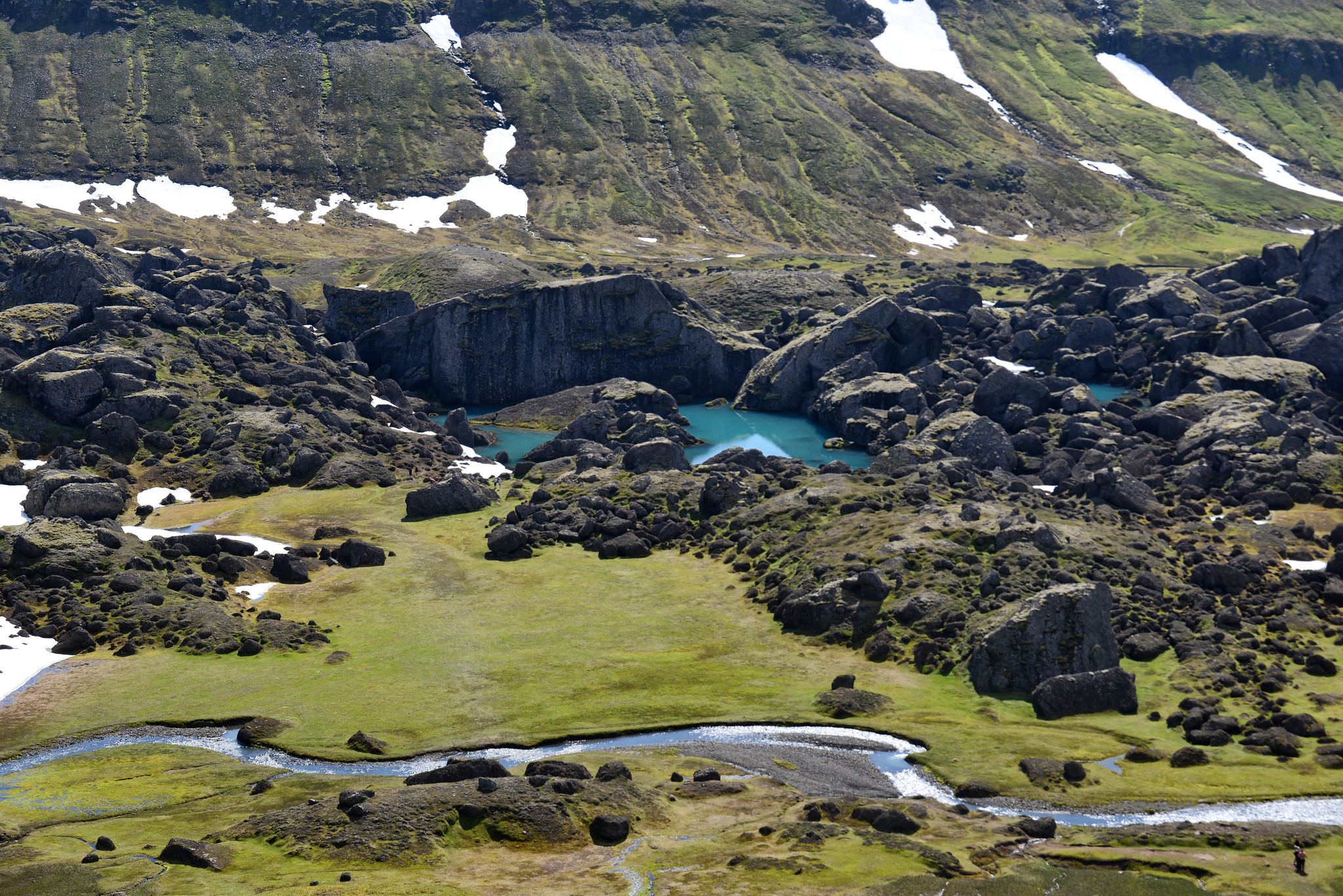
Tucked away in East Iceland, Stórurð translates to ‘Giant Boulders’ and features massive rocks scattered across a lush green valley. This hidden gem creates an otherworldly landscape similar to something you’d see in a fantasy film, complete with turquoise pools formed by glacial meltwater.
The 7-mile round trip takes hikers through varied terrain, including forests, making it unique in a largely treeless country.
Fimmvörðuháls

This trail sits between two glaciers and crosses terrain created during the famous 2010 volcanic eruption of Eyjafjallajökull. The still-warm lava fields emit occasional steam, reminding hikers they’re walking on some of Earth’s newest land.
Along the 15-mile route, you’ll discover more than 26 waterfalls, each with character and power.
Like Travel Pug’s content? Follow us on MSN.
Víknaslóðir
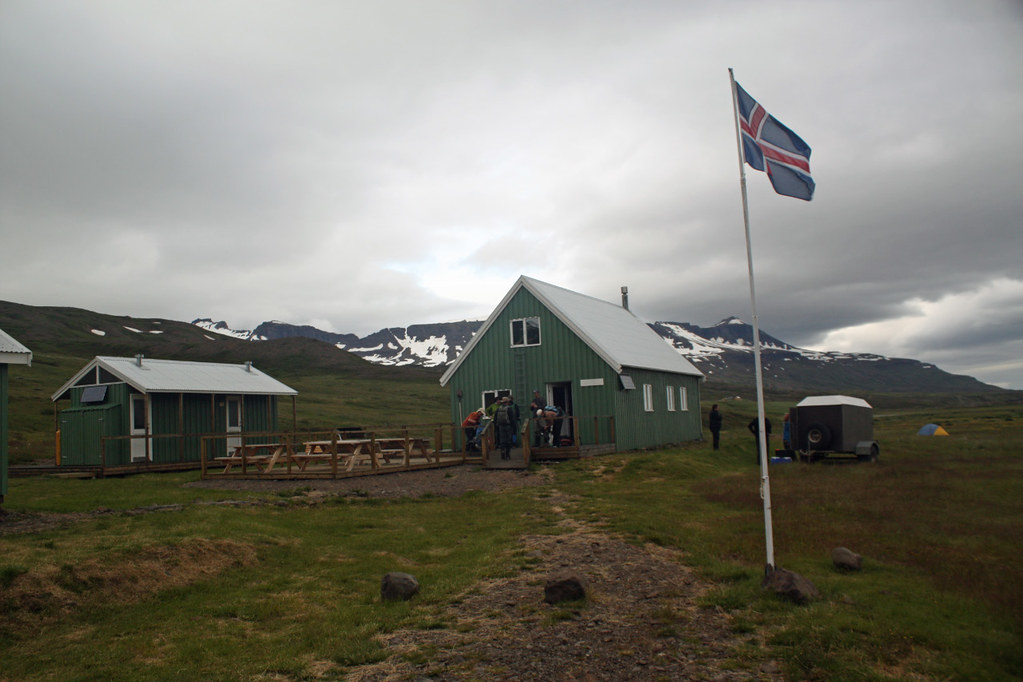
Known as the ‘Trail of the Inlets,’ this network of paths in the East Fjords takes you through abandoned villages where Icelanders once lived off the land and sea. Stone foundations and weathered remnants of homes stand as monuments to a harder way of life that ended less than a century ago.
The isolation here is profound, with only seabirds and waves against the shore as your companions for miles.
Hornstrandir
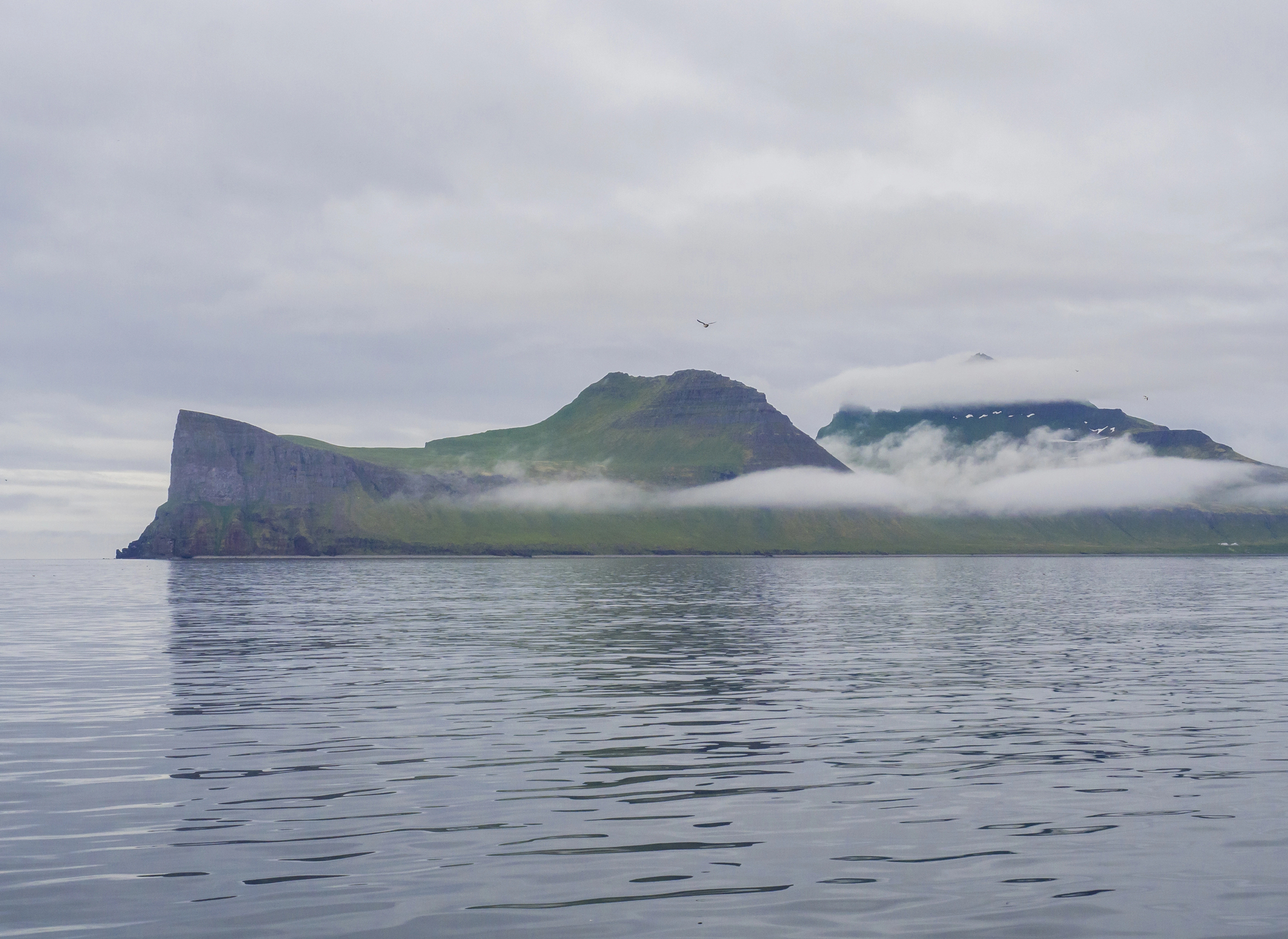
Located in the remote Westfjords, Hornstrandir is inaccessible by road and requires a boat journey to reach the trailheads. This abandoned region was once home to farming communities that eventually left due to harsh conditions, creating a wilderness now reclaimed by Arctic foxes and seabirds.
The 8-mile coastal trail takes hikers along dramatic cliffs where the North Atlantic crashes hundreds of feet below.
Laugavegur Winter Trail
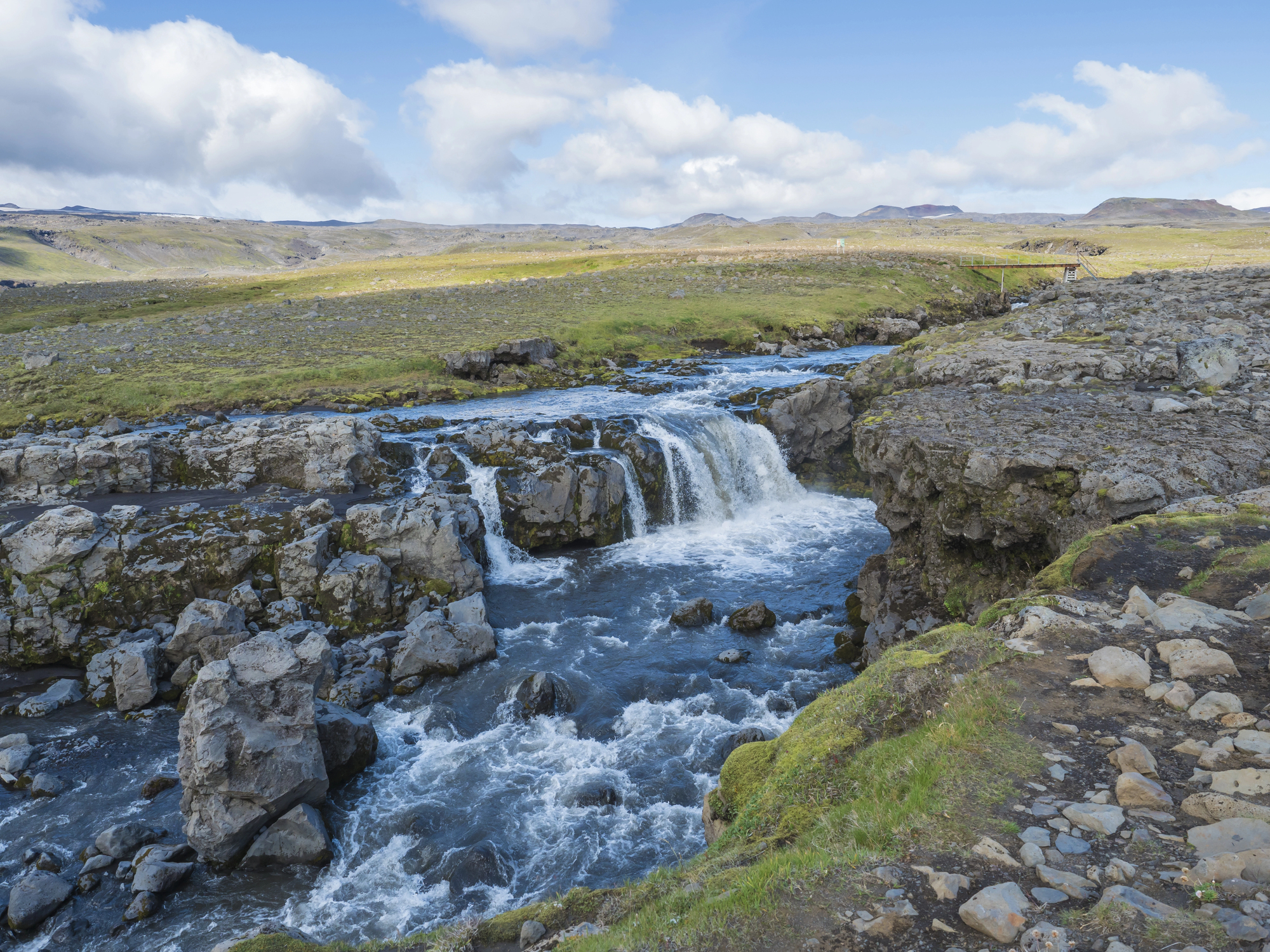
While the Laugavegur trail sees traffic in summer, its winter version transforms into an entirely different experience that few attempt. Snow blankets the rhyolite mountains, turning rainbow-colored slopes into a stark monochrome landscape broken only by steam from hot springs.
The 34-mile route requires serious preparation, including navigation skills and emergency gear, as winter conditions can change within minutes.
Like Travel Pug’s content? Follow us on MSN.
Hvannadalshnúkur
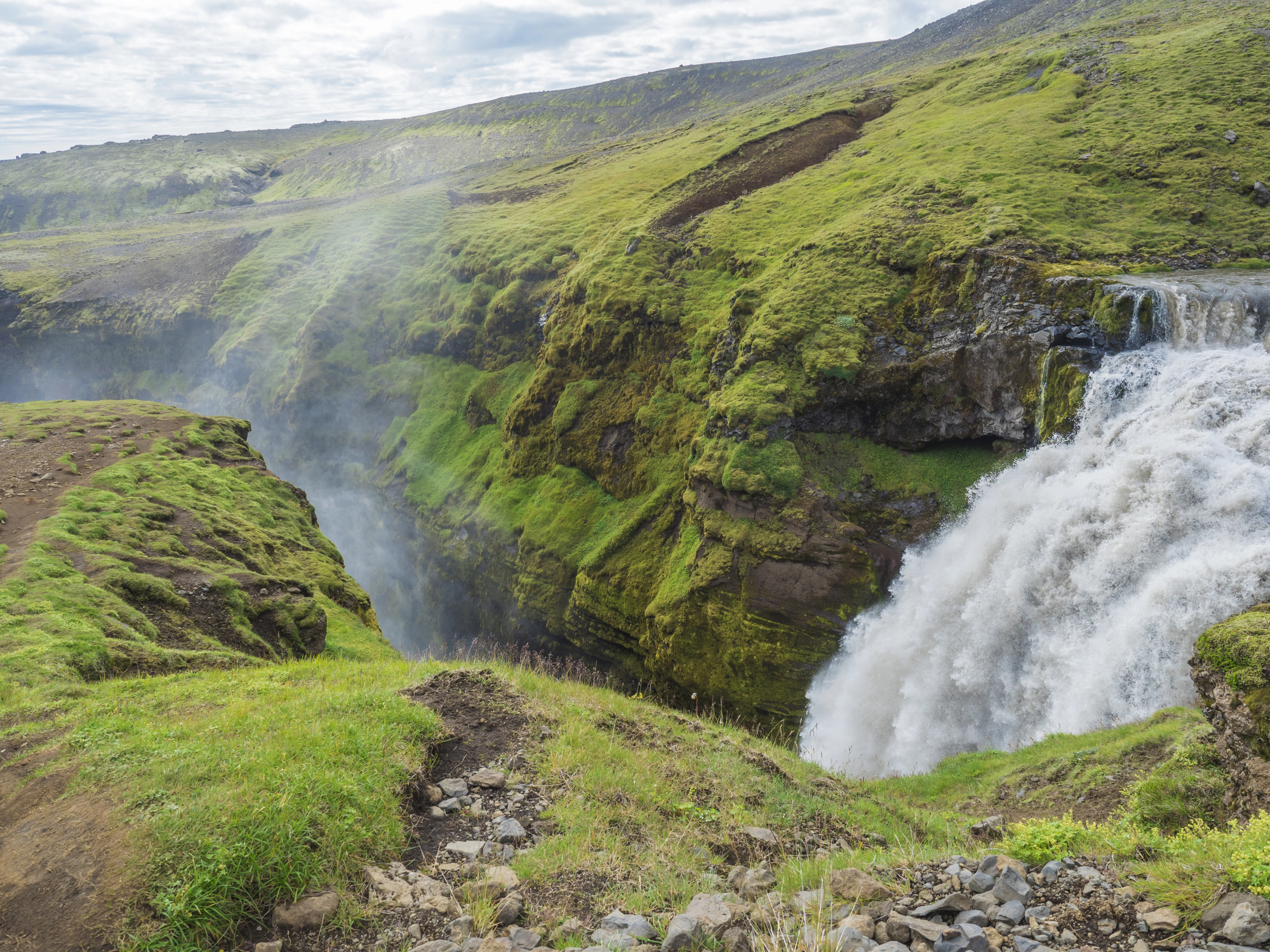
Iceland’s highest peak isn’t technically a secret, but most visitors don’t realize you can climb it without professional mountaineering experience during the right season. This 13-mile round trip takes hikers across Vatnajökull, Europe’s largest glacier.
On clear days, it offers views across half of Iceland. Standing 6,922 feet above sea level, with nothing but ice fields and volcanic peaks stretching to the horizon, the summit creates a profound sense of Iceland’s geological power.
Ásbyrgi to Dettifoss
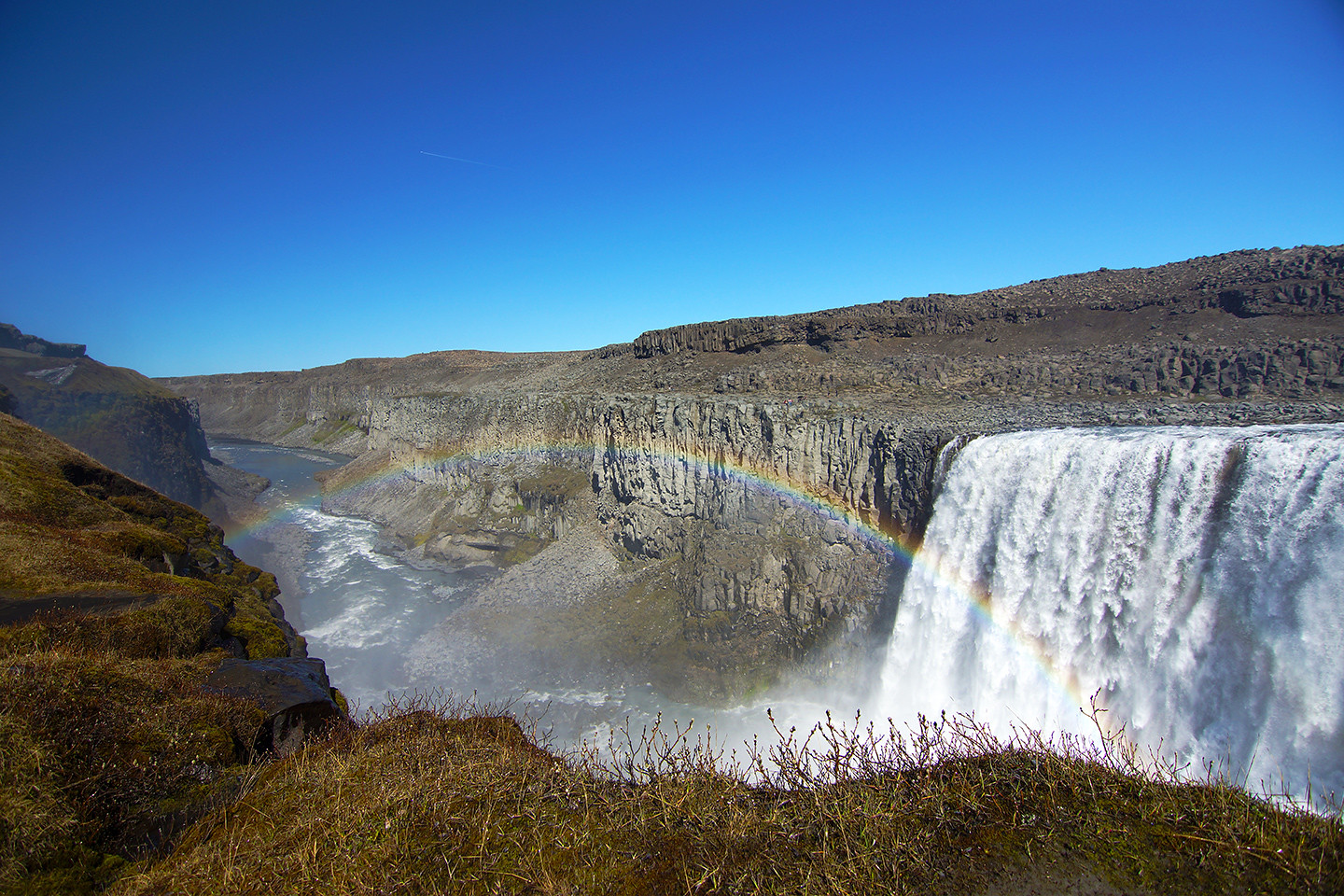
This lesser-known section of the longer Jökulsárgljúfur trail connects one of Europe’s most powerful waterfalls with a horseshoe-shaped canyon. Local legend claims the canyon was formed by the hoof print of Odin’s eight-legged horse from Norse mythology, giving the area a mystical quality.
The 19-mile path follows the Jökulsá á Fjöllum River through landscapes shaped by catastrophic glacial floods thousands of years ago.
Kjölur Route
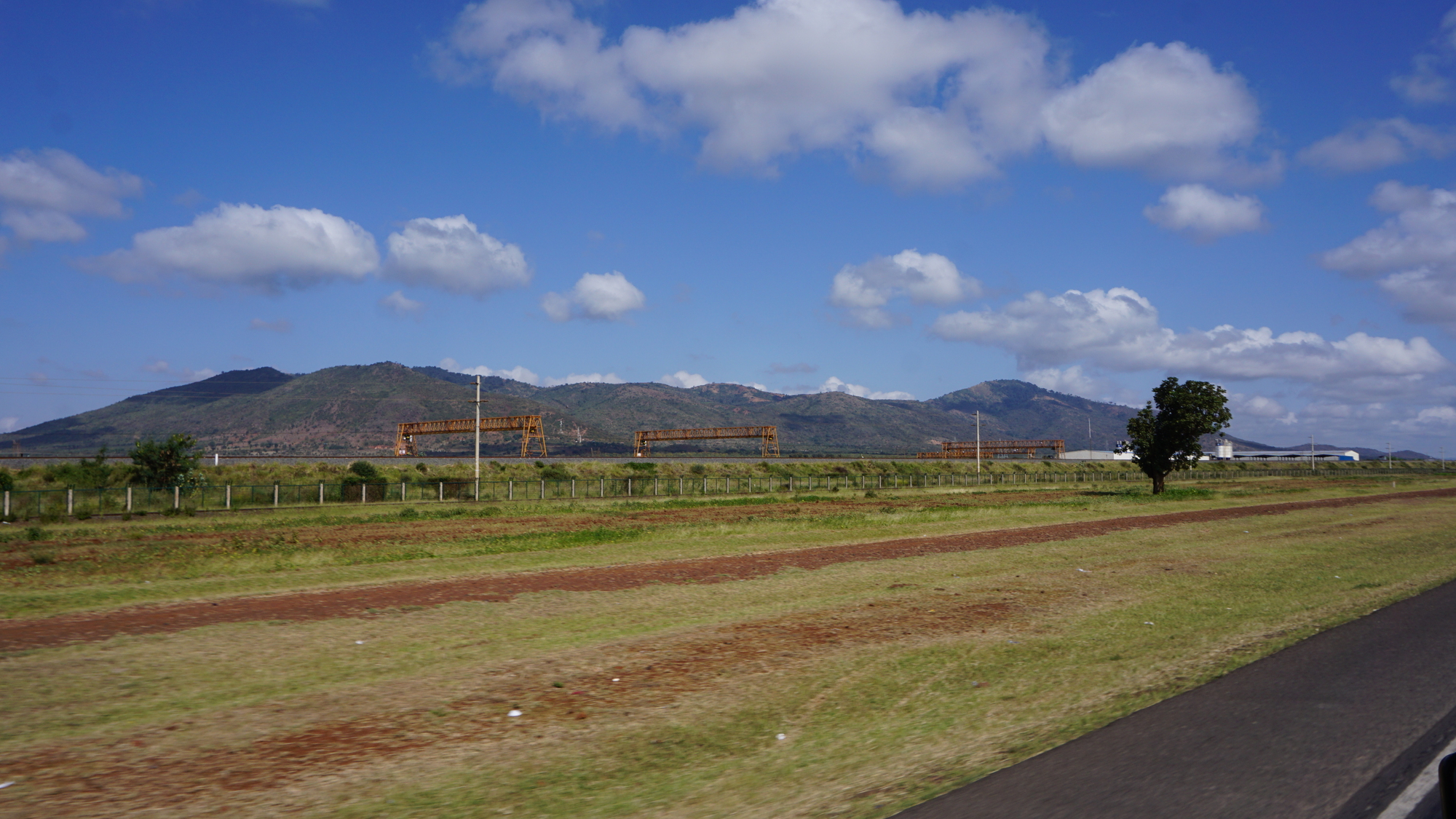
The ancient Kjölur route cuts through Iceland’s uninhabited highland interior, traversing between two massive glaciers. Travelers used this historic path for centuries, and tales of outlaws and supernatural beings haunt its desolate stretches.
The trail offers hot springs at Hveravellir, where you can soak in natural pools surrounded by steam vents and multicolored mineral deposits.
Like Travel Pug’s content? Follow us on MSN.
Landmannalaugar Secret Paths
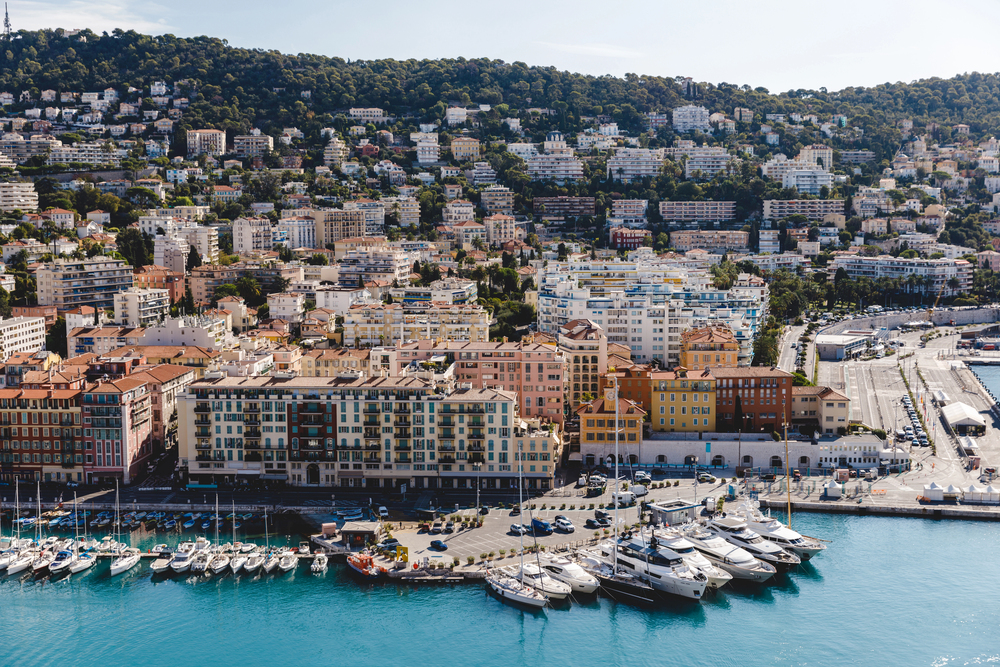
While Landmannalaugar draws crowds, few venture onto the unmarked side trails from the main routes. These lesser-known paths wind through obsidian lava fields and hidden geothermal areas where you might not see another hiker all day.
The vibrant rhyolite mountains create a painter’s palette of reds, yellows, and blues that change with every shift in the notoriously fickle Icelandic light.
Snæfellsnes Peninsula Trails
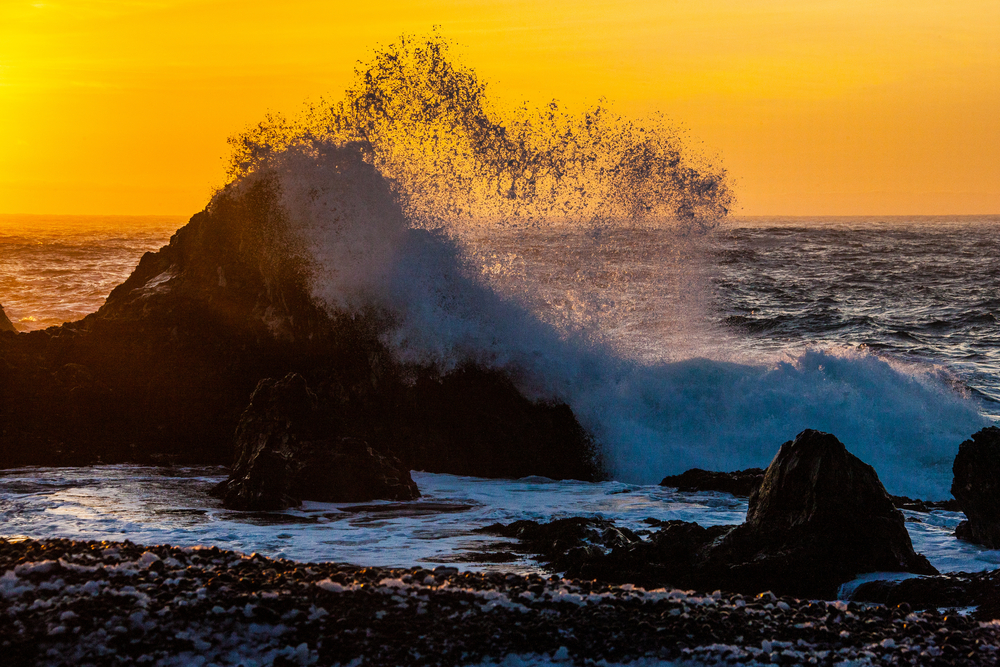
The coastal paths of the Snæfellsnes Peninsula wind beneath the glacier made famous by Jules Verne as the starting point for ‘Journey to the Center of the Earth.’ These trails pass black sand beaches, basalt columns, and eerie lava tubes that local folklore claims are home to elves and hidden people.
The peninsula’s unique energy has made it a hub for spiritual seekers who believe the area contains one of Earth’s major energy centers.
Kerlingarfjöll
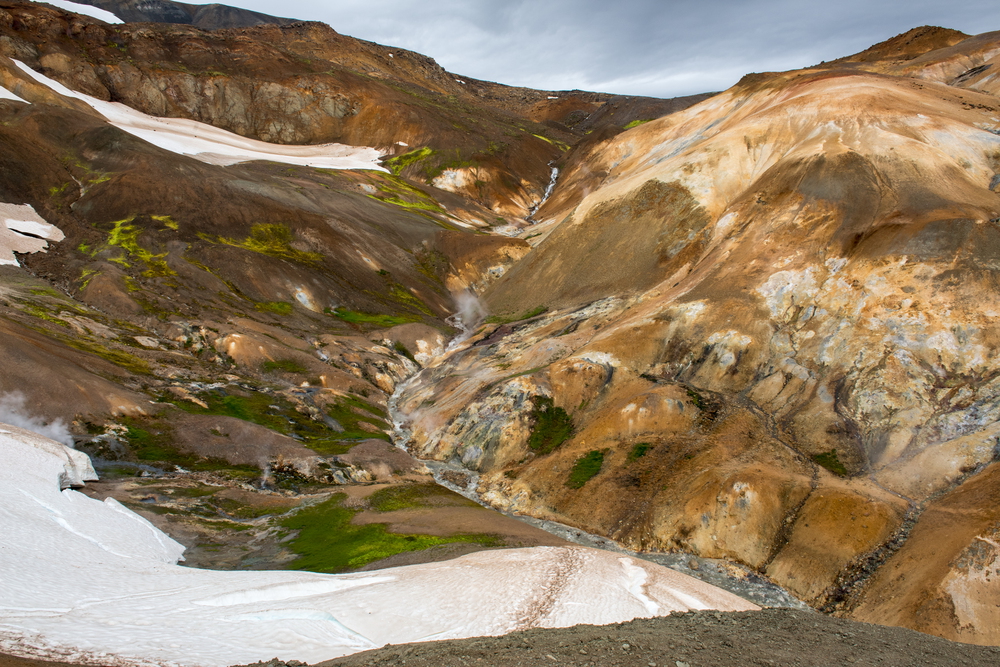
The geothermal area of Kerlingarfjöll features mountains stained red, yellow, and green by mineral-rich hot water bubbling from the earth. Steam rises between rust-colored peaks, creating an otherworldly landscape more resembling Mars than Earth.
The name translates to ‘Old Woman’s Mountain’ after a troll who, according to legend, was caught in the sunrise and turned to stone.
Like Travel Pug’s content? Follow us on MSN.
Skaftafell Hidden Valleys
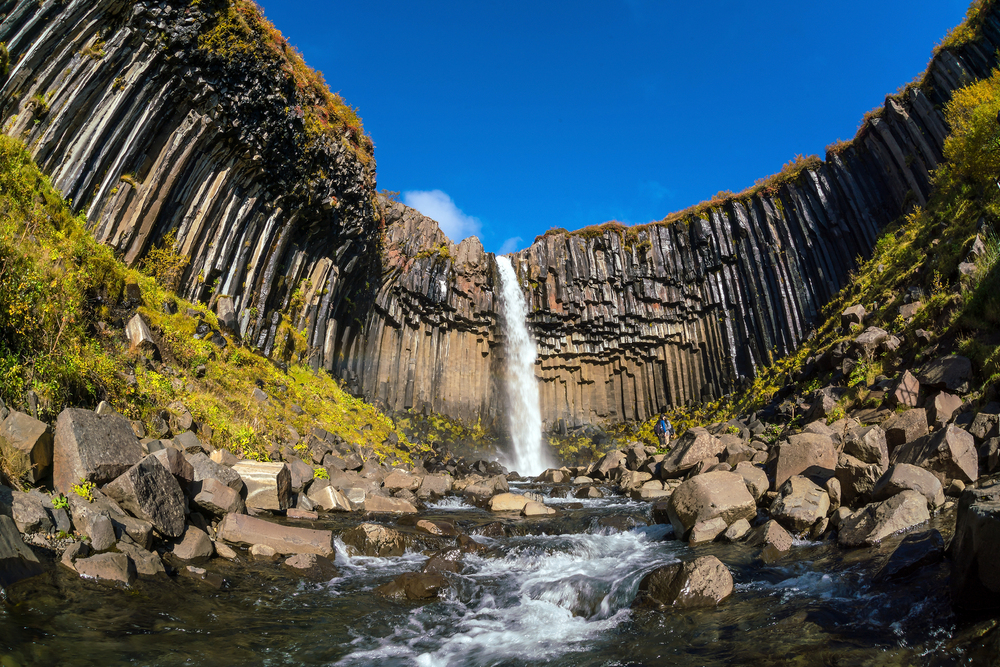
Behind the popular visitor center at Skaftafell lie several unmarked trails leading to secluded valleys few tourists ever discover. These paths wind through birch forests before opening to views of hanging glaciers clinging to the mountains above.
The microclimate area is where you can experience lush vegetation and glacial ice within the same afternoon hike.
Ófærufoss Waterfall Trek

Deep in the Eldgjá volcanic fissure lies Ófærufoss, a dramatic two-tiered waterfall once crossed by a natural stone bridge that collapsed in 1993. The 4-mile trek follows the edge of the world’s largest volcanic canyon, formed during an enormous eruption around 934 AD.
The name means ‘Impassable Falls,’ a testament to the challenging terrain that keeps most visitors away.
Borgarfjörður Eystri
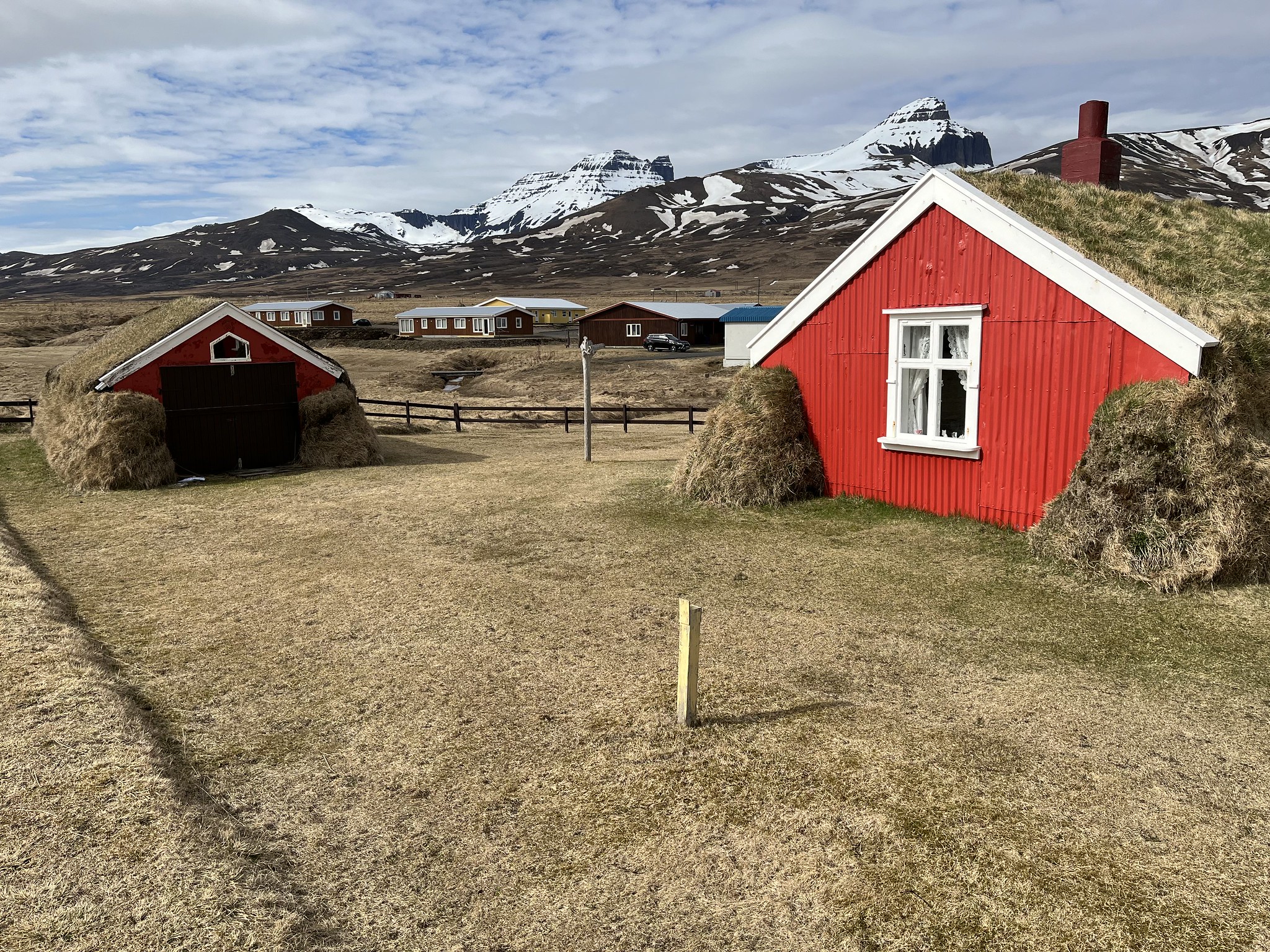
The remote eastern village of Borgarfjörður Eystri offers access to trails that cross mountains said to be the home of Iceland’s elf queen. The vibrant-colored rhyolite peaks contrast with the deep blue of the eastern fjords, creating some of Iceland’s most photographable landscapes.
Residents still maintain elf houses and report encounters with the hidden people more frequently here than elsewhere in Iceland.
Like Travel Pug’s content? Follow us on MSN.
Öskjuvatn Crater Lake
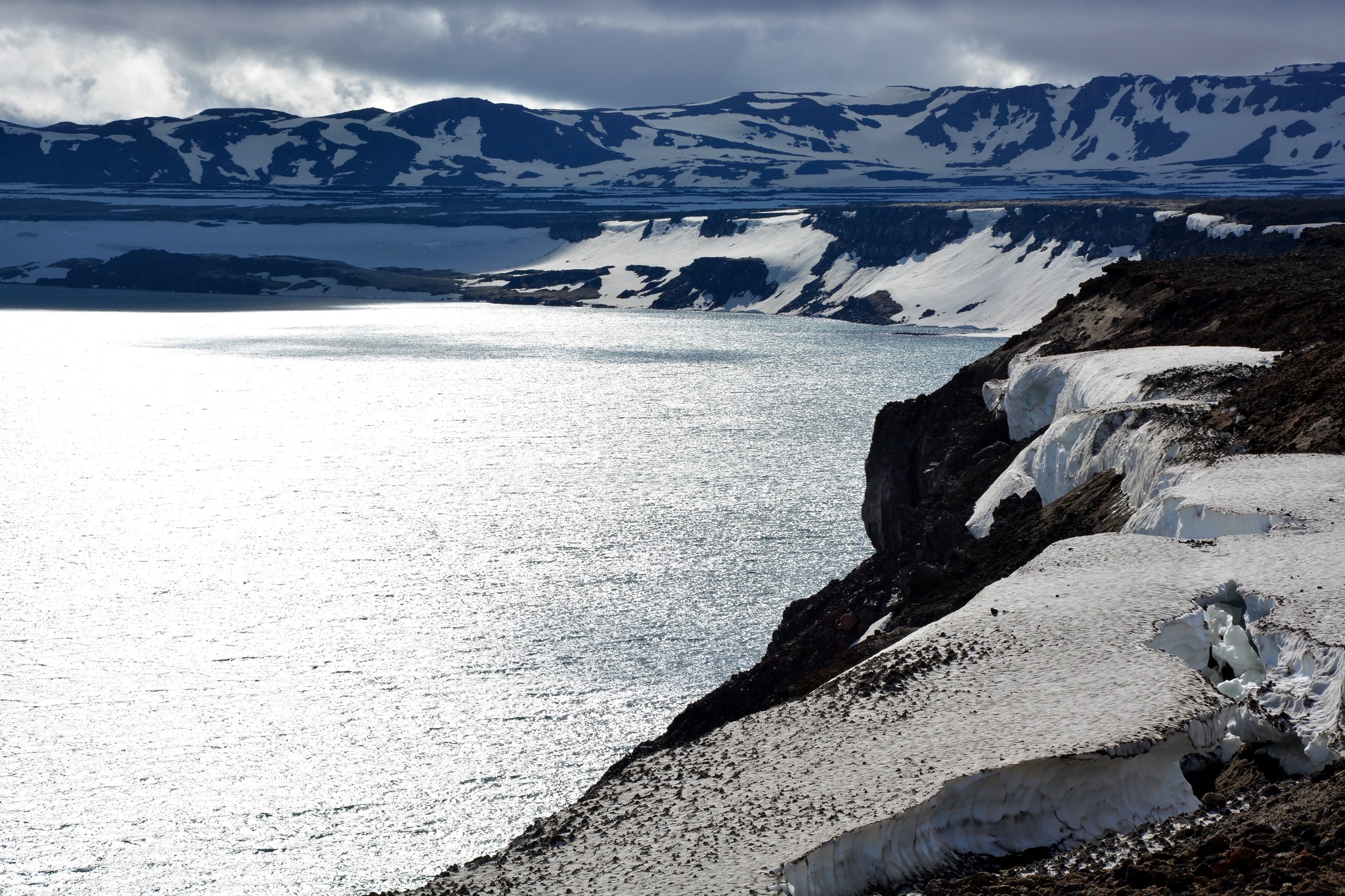
The remote trek to Öskjuvatn crater lake takes you across a barren landscape formed during catastrophic eruptions less than 150 years ago. The massive caldera contains Iceland’s deepest lake, where two scientists mysteriously disappeared in 1907, adding to the area’s eerie reputation.
The nearby Víti crater contains a geothermal lake where the brave can swim in opaque, mineral-rich waters that hover around 77°F year-round.
Strútsstígur Trail
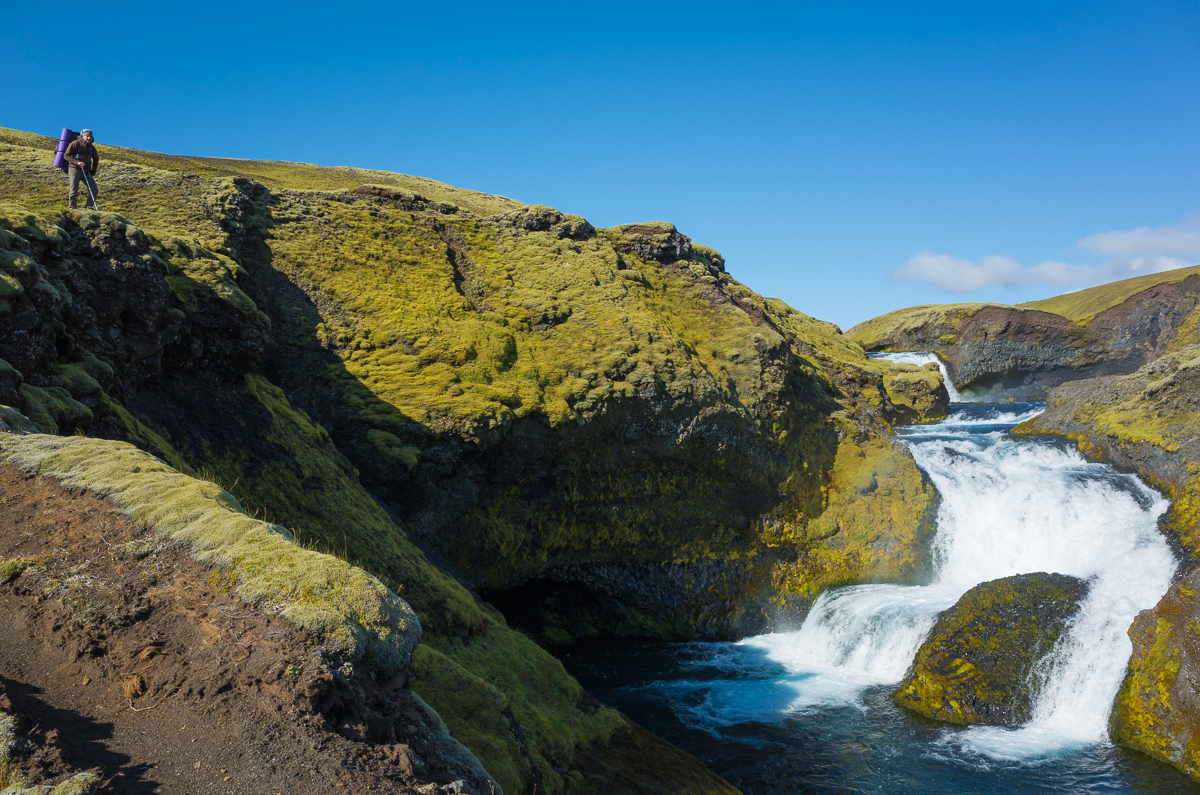
The challenging Strútsstígur path connects the southern lowlands with the interior highlands through landscapes few visitors ever experience. The trail passes between the active volcanoes Eyjafjallajökull and Katla, which have shaped Iceland’s history and culture through devastating eruptions.
Along the route, hikers cross river plains created by jökulhlaups—sudden floods released when volcanic activity melts sections of the ice caps above.
Reykjadalur Extended Route
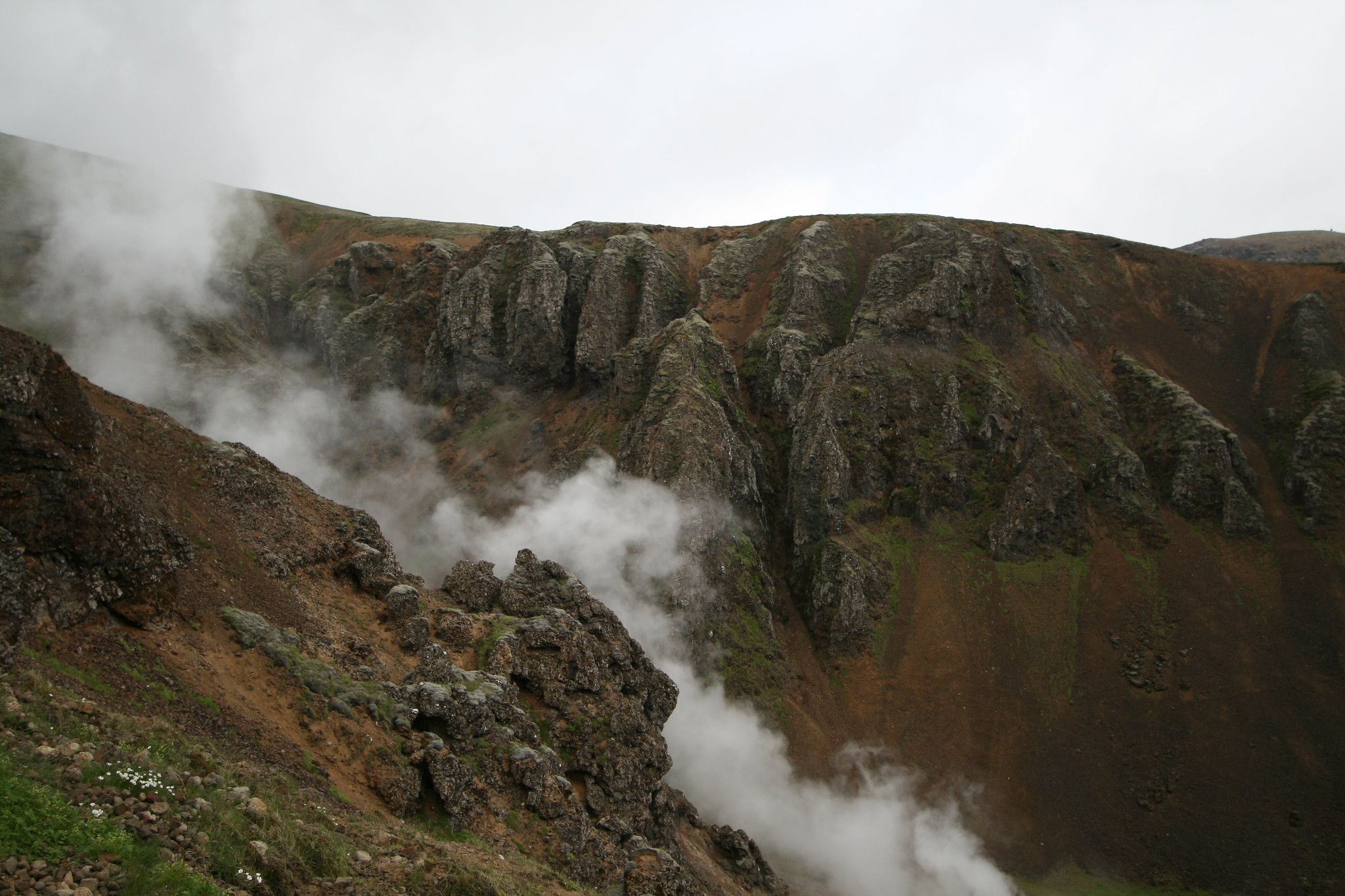
While many tourists visit the main hot spring river at Reykjadalur, few continue past the more remote sections of this geothermal wonderland. The extended 12-mile trail reveals hidden, hot pots, mud pools, and steaming vents without the crowds found at the main bathing area.
The higher you climb, the more dramatic the landscape becomes, with views extending to the Atlantic on clear days.
Like Travel Pug’s content? Follow us on MSN.
Tröllaskagi Peninsula
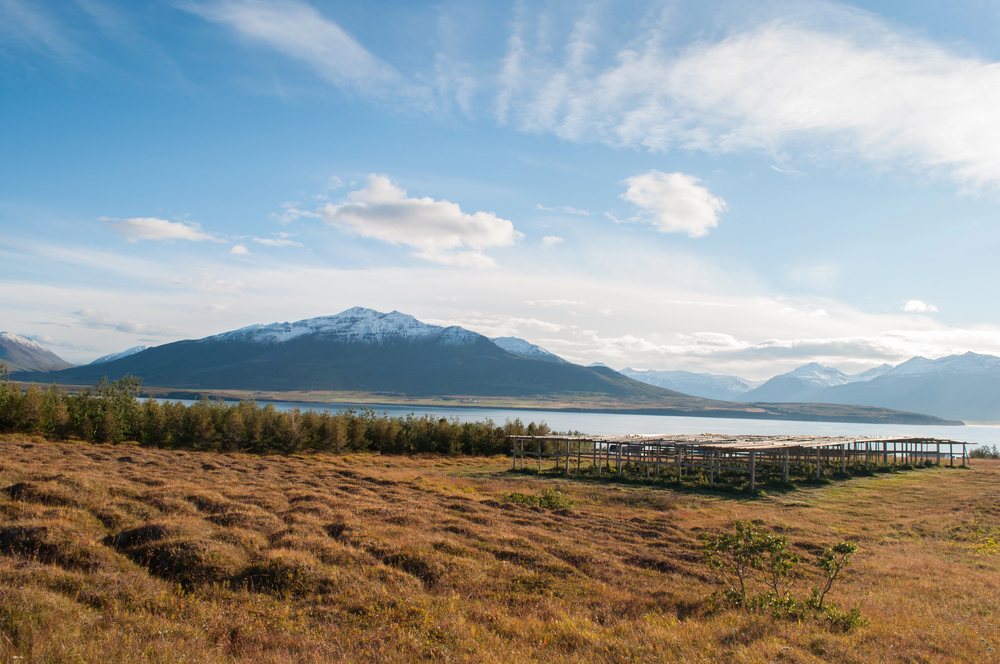
The remote Tröllaskagi Peninsula offers some of Iceland’s most dramatic mountain hiking through fjords cut by ancient glaciers. This area receives the highest snowfall in Iceland, creating year-round snow patches and small glaciers despite its relatively low elevation.
The name means ‘Troll Peninsula,’ reflecting the jagged peaks that local folklore claims are trolls caught by the sunrise while causing mischief.
Gjáin Hidden Valley
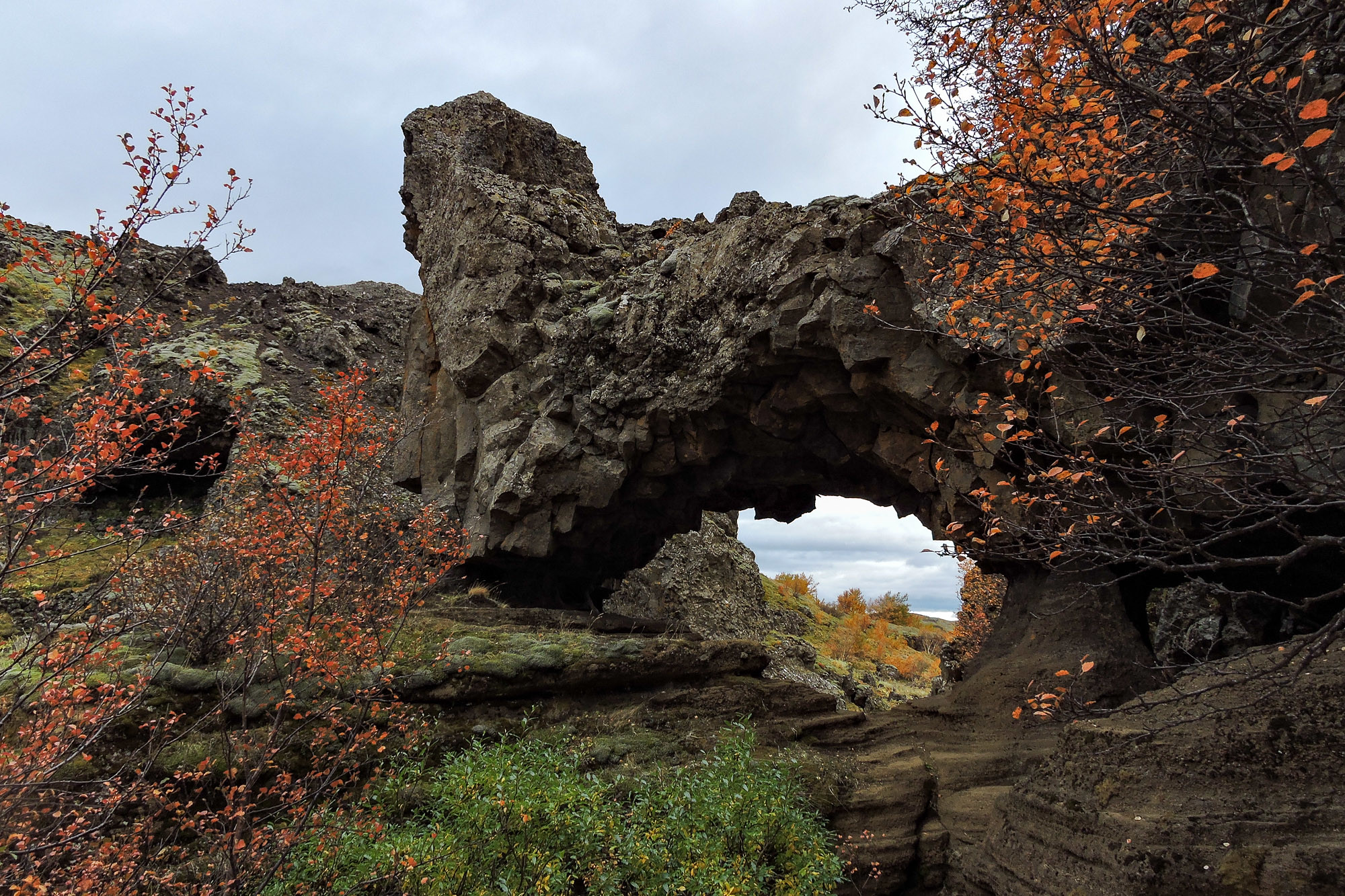
The verdant oasis of Gjáin lies hidden between lava fields, revealing itself only when hikers are almost upon it. This small valley packs an incredible diversity of features into a compact area: waterfalls, clear pools, basalt columns, and lush vegetation.
Many scenes from Game of Thrones were filmed here, though most show fans visit the more accessible filming locations instead.
Grímsey Arctic Circle Monument
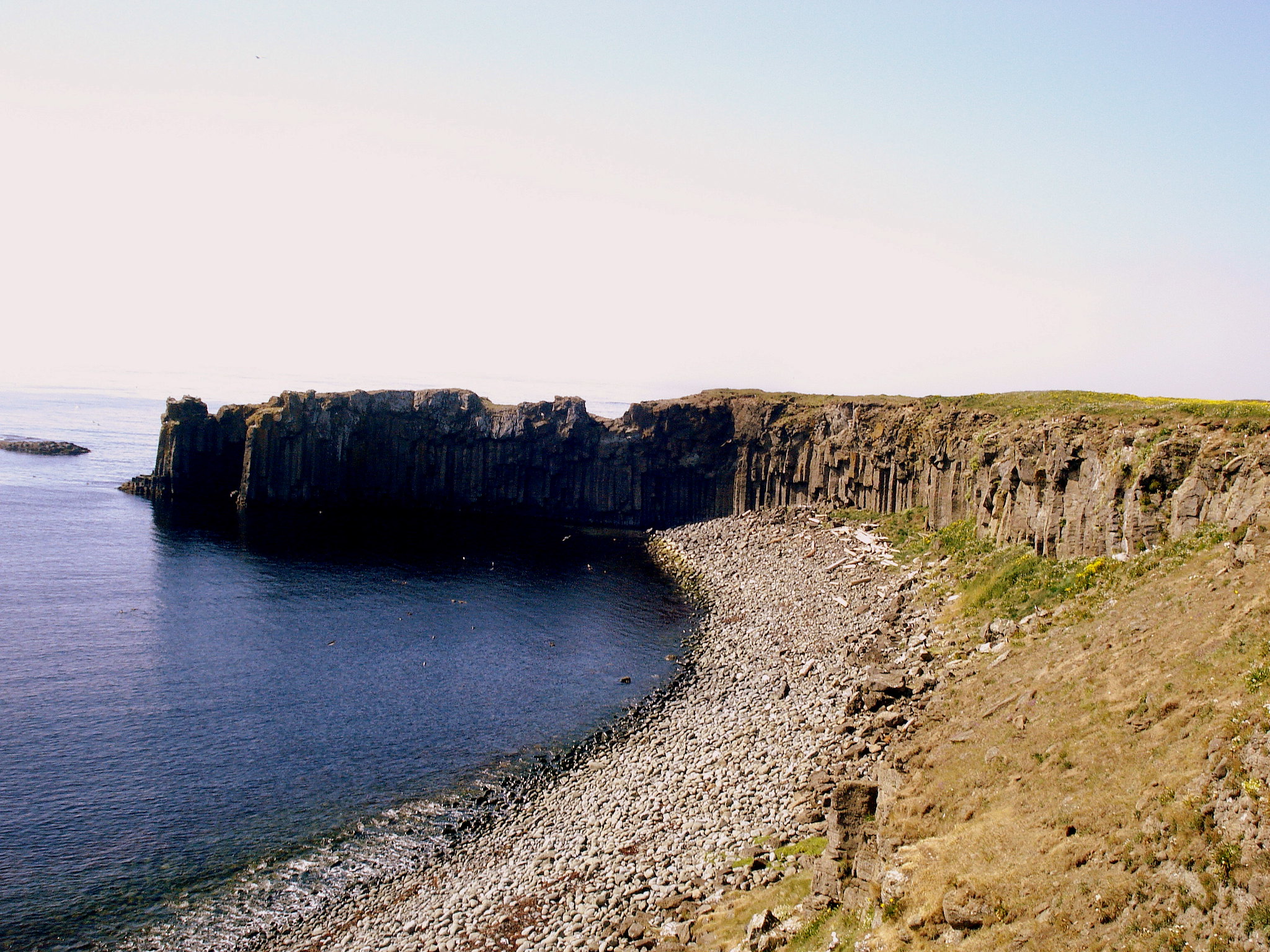
The northernmost trail in Iceland crosses the small island of Grímsey, which the Arctic Circle bisects. A three-mile path loops around the island’s edge, passing puffin colonies and the concrete Arctic Circle monument, which moves slightly each year due to the shifting of the circle.
The islanders maintained traditions that had remained largely unchanged for centuries, creating a cultural experience as compelling as the natural one.
Like Travel Pug’s content? Follow us on MSN.
Where Legends and Landscapes Meet

Iceland’s mysterious trails offer more than exercise. They provide windows into a country still shaped by powerful natural forces while preserving the cultural heritage of those who learned to survive in this beautiful but unforgiving land.
These paths remind us that despite our technological advances, there are still places where nature maintains the upper hand and isolation creates challenges and profound peace.
ore from Travel Pug

- 20 Towns Built for One Purpose That Were Later Abandoned
- 15 Hidden Spots in Disney World’s Magic Kingdom Most Visitors Miss
- 20 Photos of the World’s Most Beautiful Glacial Lakes
- 15 Canyons in the U.S. That Are Just as Stunning as the Grand Canyon
- 10 Under-the-Radar Mountain Towns That Are Both Affordable and Beautiful
Like Travel Pug’s content? Follow us on MSN.
